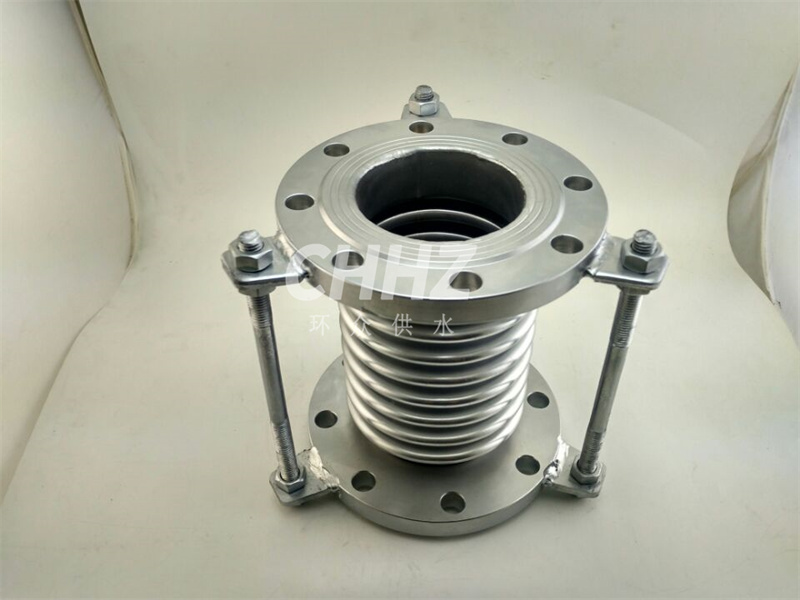Functions and Applications of Thrustless Sleeve Compensators.
Functions and Applications of Thrustless Sleeve Compensators. Thrustless sleeve compensators, also known as axial expansion joints or slip-type expansion joints, are versatile components used in piping systems across various industries. These compensators play a crucial role in absorbing thermal expansion, vibration, and movement in pipelines. In this article, we will explore the functions and applications of thrustless sleeve compensators.
Function:
Absorbing axial movement: Thrustless sleeve compensators are primarily designed to accommodate axial movement in piping systems. They can absorb both large and small amounts of axial expansion and contraction that occur due to thermal fluctuations or other system dynamics. By allowing for axial movement, these compensators prevent thermal stress and distortion in the pipes, ensuring the system's stability and longevity.
Applications:
Heating, Ventilation, and Air Conditioning (HVAC) systems: Thrustless sleeve compensators are commonly used in HVAC systems to accommodate the thermal expansion and contraction of pipes, particularly in hot water or steam distribution networks. These compensators help to absorb axial movement and vibration, reducing stress on the piping system and ensuring reliable performance.
Power generation plants: Power plants, whether thermal, nuclear, or renewable, often feature complex piping networks that experience significant temperature variations. Thrustless sleeve compensators are used to absorb the thermal expansion and contraction in these applications, minimizing stress on the pipes and equipment and preventing potential damage.
Oil and gas industry: Thrustless sleeve compensators are extensively utilized in the oil and gas industry, both onshore and offshore. They are ideal for absorbing axial movement and thermal expansion in pipelines, especially in applications involving the transportation of oil, gas, and other fluids. These compensators play a vital role in maintaining the integrity and safety of the pipelines.
Chemical and petrochemical plants: Chemical processing plants handle a wide range of substances that undergo temperature changes during various stages of the production process. Thrustless sleeve compensators are employed to accommodate thermal expansion and contraction, minimizing the risk of system failure, leaks, and damage to equipment.
Water and wastewater treatment facilities: The water and wastewater treatment industry uses thrustless sleeve compensators to absorb axial movement and vibration caused by temperature fluctuations and hydraulic surges. These compensators help to maintain the structural integrity of pipelines, ensuring a reliable and efficient water treatment process.
Marine and shipbuilding: Thrustless sleeve compensators are widely utilized in the marine and shipbuilding industry to handle the thermal expansion and contraction of pipes throughout the vessel. They help accommodate movement caused by the dynamic nature of ships and offshore structures, reducing stress and prolonging the life of the piping system.
In summary, thrustless sleeve compensators play essential functions in absorbing axial movement, thermal expansion, and vibration in piping systems. Their applications are diverse and cover a wide range of industries, including HVAC systems, power generation plants, oil and gas industry, chemical plants, water and wastewater treatment facilities, and marine and shipbuilding. By effectively absorbing these forces, thrustless sleeve compensators help maintain the integrity and reliability of the piping systems, ensuring smooth operation and preventing potential damage or failure.
